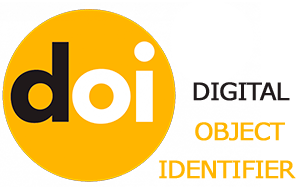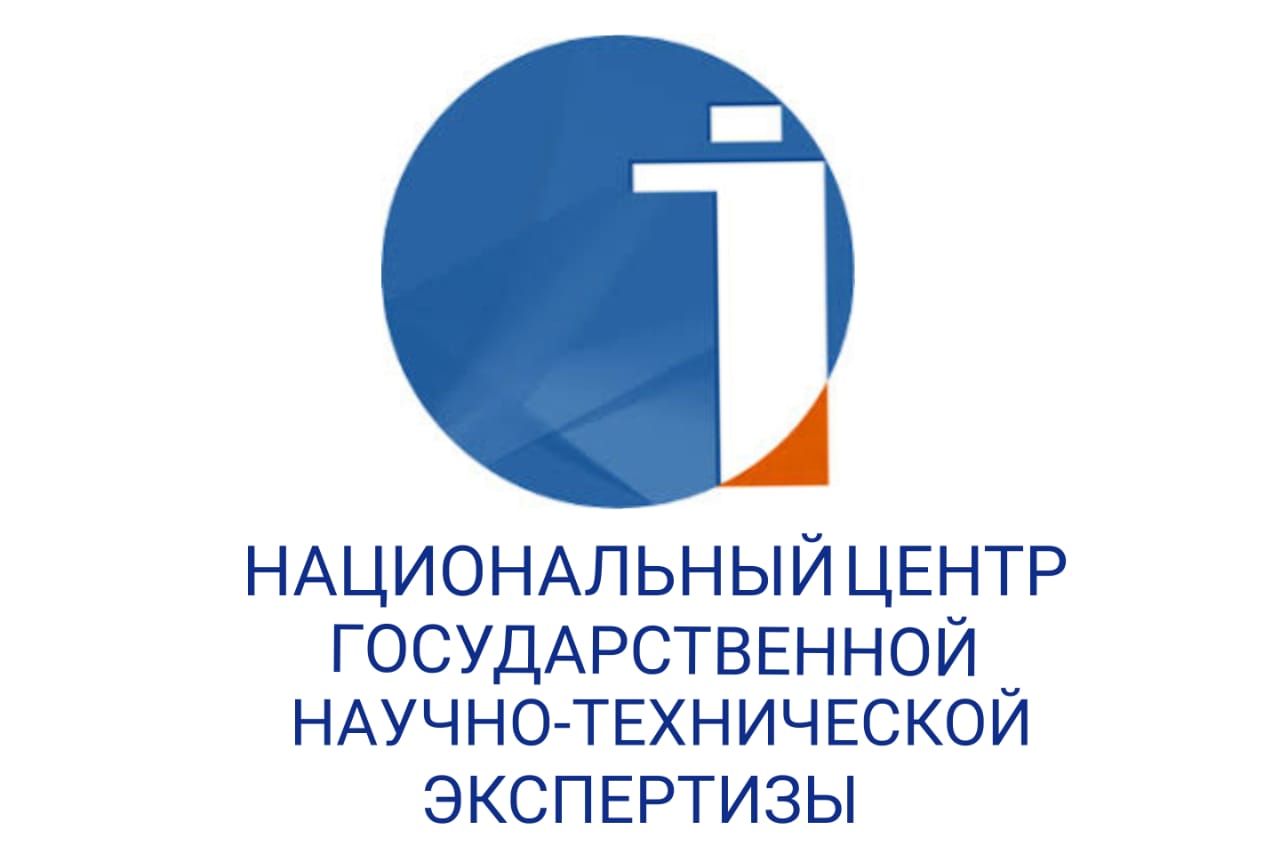THE FUTURE OF FOREIGN LANGUAGE TEACHING IN TECHNICAL AND PROFESSIONAL EDUCATIONAL INSTITUTIONS WITH COMPUTER-SUPPORTED COLLABORATIVE LANGUAGE LEARNING TECHNOLOGIES
DOI:
https://doi.org/10.48371/PEDS.2025.77.2.027%20%20%20Keywords:
Foreign language education, digital tools in language learning, collaborative learning technologies, English language skills development, teacher training and support, barriers to technology integration, teaching, educationAbstract
The integration of technology into education is reshaping the teaching of foreign languages in technical and professional educational institutions. This article examines the future of foreign language instruction through the adoption of Computer-Supported Collaborative Language Learning (CSCL) technologies. As global collaboration becomes essential in technical and specialized fields, the ability to communicate effectively in foreign languages is crucial for professional success.
CSCL technologies, which combine computer-mediated communication and collaborative learning methods, create an interactive and engaging environment for language acquisition. The article explores key trends, such as the use of virtual classrooms, digital platforms, and multimedia tools, to facilitate learner-centered instruction. These technologies enable personalized learning experiences, peer collaboration, and practical application of language skills through task-based and project-oriented activities. By simulating workplace scenarios, they prepare students for multilingual communication in professional contexts.
The article also addresses challenges in implementing CSCL technologies, including infrastructure needs, digital literacy, and teacher training requirements. It provides practical recommendations to overcome these obstacles and optimize the integration of technology into language education.
By embracing CSCL technologies, technical and professional institutions can enhance the effectiveness of language instruction, equipping students with the linguistic and cultural competencies required to excel in diverse, globally connected workplaces. This evolution in language education promises to better align learning outcomes with the demands of the modern professional environment.








